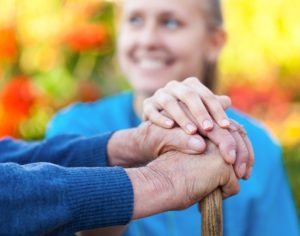
Recovery Support for Older Adults
According to The National Council of Alcoholism and Drug Dependence (NCADD), widowers over the age of 75 have the highest rate of alcoholism in the U.S. In fact, there is a growing trend of substance use disorder among older adults. Today, there are 2.5 million seniors struggling with substance use disorder; some of whom have recently become addicted and others who have been struggling their entire lives. This problem has grown significantly in recent years due to the aging baby boomer demographic and an over-prescribing of prescription medication. In fact, nearly half of nursing home residents have a substance use disorder, and seniors are admitted to hospitals as often for alcohol-related problems as for heart attacks.
An estimated 5.7 million older adults in the United States meet the criteria for alcohol use disorder, and this number is expected to continue climbing, according to a study in the journal “Addiction.” In 2008, 231,200 people over 50 sought treatment for SUD or AUD – up from 102,700 in 1992, according to the Substance Abuse and Mental Health Services Administration, a federal agency.
While alcohol is typically the substance of choice, a 2013 report found that the rate of illicit drug use among adults 50 to 64 increased from 2.7 percent in 2002 to 6.0 percent in 2013.
Addiction and Aging
An addiction is often more difficult to detect in older adults because it is mistaken for signs of aging. Also, many older people take several different types of medication and see many different physicians which can complicate matters even further. Many older adults become addicted later in life in response to increased pain due to aging, the loss of a spouse, isolation from family and friends, boredom, etc. However, clinical research shows that older adults respond just as well to treatment as do younger patients. Therefore, it is imperative that physicians and family members become educated and know the signs of addiction so as to assist with recovery support for older adults.
After receiving treatment for their addiction, older adults should also move into the aftercare portion of their recovery. Going from rehab into a sober living home or halfway house where they can interact with similarly situated peers is recommended to increase the likelihood of achieving lasting sobriety.
